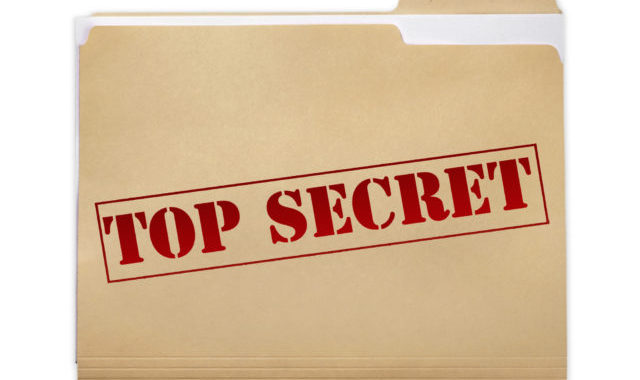Earlier this week, an article about the coronavirus in a national newspaper described “panic buying” at a big box store in Hawaii.
Except there was no panic. According to the article, hundreds of customers waited patiently in long lines for hours. Even when the life-saving items – paper towels and toilet paper – ran out, no one seemed to lose their minds. No pushing, no screaming, no one running wildly through the store yelling, ’we’re all going to die!’ Nothing at all. Apparently, the panic-stricken mob just got in their cars and drove away.
But that didn’t stop the paper from using the term ‘panic buying.’ Because of course, everyone knows that Americans panic at the slightest hint of danger.
Except they don’t. Seventy years of disaster research has shown repeatedly that people faced with real emergencies – much more serious than a temporary shortage of toilet paper – do not panic. In fact, following an exhaustive review of more than 700 individual studies of disaster behavior, researchers at the University of Delaware Disaster Research Center said the likelihood of mass panic during an emergency is “vanishingly small.” Standing in line to purchase cleaning supplies, bottled water or non-perishable food items when supplies are likely to run out is hardly panic.
The idea of people panicking when in danger is ingrained in popular culture. We’ve seen it in dozens of disaster movies. But evidence of panic during real emergencies is virtually nonexistent. At the same time, examples of survivors behaving in rational and sometimes inspiring ways are plentiful.

“Panicky” shoppers wait calmly in grocery line in NYC
At the Beverly Hills Supper Club fire in 1977 which killed 165 persons, hundreds of survivors evacuated burning rooms in an orderly fashion, even as the rooms filled with hot, choking smoke.
In 1979, nearly 150,000 people evacuated the vicinity of the Three Mile Island nuclear plant following an accident that caused a partial meltdown of a reactor core. Public safety officials, who had issued contradictory reports throughout the accident period, provided little direction or guidance, beyond advising people to evacuate. Yet the actual evacuation proceeded smoothly with no evidence of panic or other irrational behavior.
At an air crash at Sioux City, Iowa in 1989, which killed 112 passengers and crew, survivors exited the plane as they were instructed to do. Many assisted other passengers and, according to the fire chief, “were instrumental in saving additional lives.”
On 9/11, thousands of people calmly evacuated the World Trade Center towers after the buildings had been struck by aircraft and were burning uncontrollably. There are multiple reports of people assisting other people down the stairways throughout the evacuation process.
Not only do people not panic in emergencies, frequently they do the opposite. In the minutes, hours, or sometimes days before professional help arrives, survivors become first responders, rescuing trapped victims; providing first aid; and sharing food, water, and shelter.
Unfortunately, it is not just the occasional newspaper reporter or Hollywood producer who misunderstands human behavior in emergency situations. Too many people who should know better – elected officials, public safety officials, emergency managers, business leaders, and many other persons in positions of authority – also believe that Americans will react irrationally at the first sign of real danger. Worse, these officials and leaders act on their mistaken beliefs, often making bad situations worse.
An unfounded fear of stoking panic can cause persons in authority to withhold critical information, to devote resources to unnecessary security functions rather than to other critical tasks, and to fail to make effective use of available and willing citizens in providing assistance to members of their community.
Withholding information from the public causes multiple problems. It can stop people from taking effective action, reduce trust in leadership, and lead people to look to inaccurate sources for guidance. As Crisis Communications expert Bruce Hennes notes, “the truth always comes out.”
The lesson for government officials and leaders of private sector organizations is clear. In emergencies, true panic is rare. People will respond to emergencies in rational and often altruistic ways. If they know what to do, they will do it. Your best course of action at all times is to be honest and transparent and provide people with the information they need to protect themselves and their communities.
March 4, 2020
A version of this post was published in the April 2020 edition of the International Association of Emergency Manager’s online Bulletin: https://www.iaem.org/Portals/25/documents/202004bulletinonline.pdf
